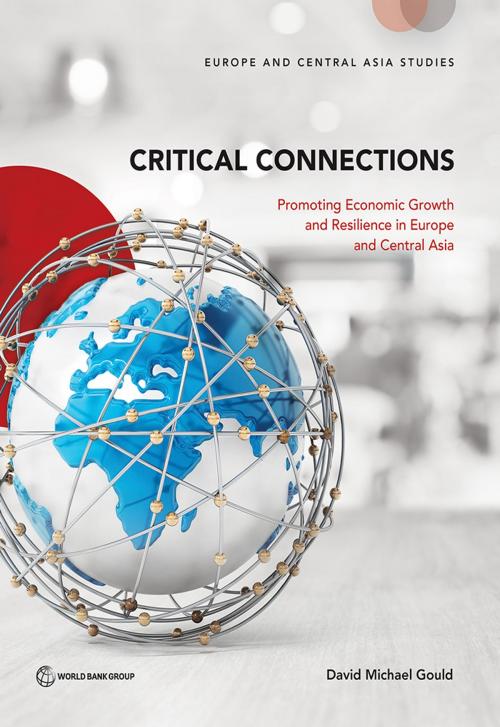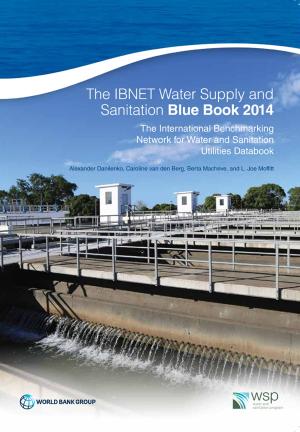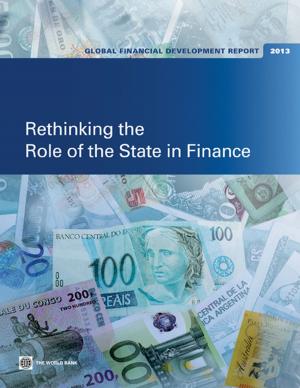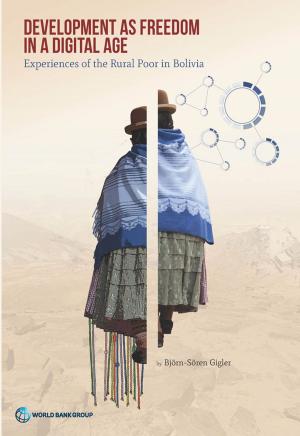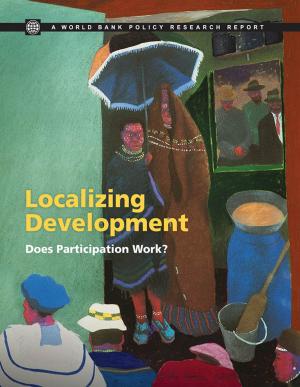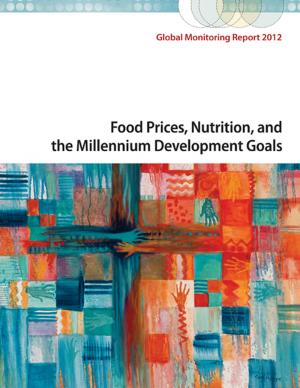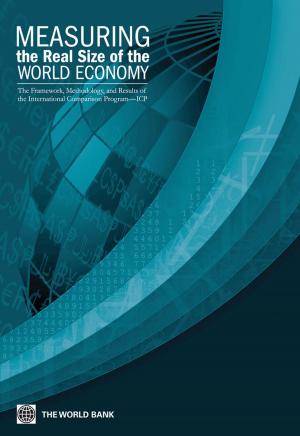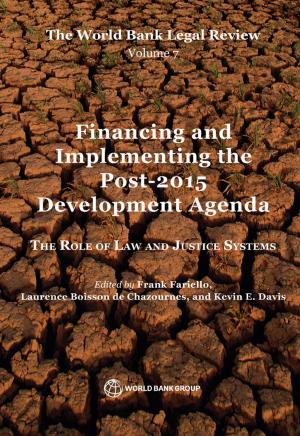Critical Connections
Promoting Economic Growth and Resilience in Europe and Central Asia
Business & Finance, Economics, Economic Development| Author: | David Michael Gould | ISBN: | 9781464811586 |
| Publisher: | World Bank Publications | Publication: | September 25, 2018 |
| Imprint: | World Bank Publications | Language: | English |
| Author: | David Michael Gould |
| ISBN: | 9781464811586 |
| Publisher: | World Bank Publications |
| Publication: | September 25, 2018 |
| Imprint: | World Bank Publications |
| Language: | English |
Critical Connections examines how trade, investment, migration, and other linkages among countries drive economic growth in the Europe and Central Asia region. The study breaks new ground by using a multidimensional approach that recognizes how each connectivity channel for growth is likely to be affected by the strength of other channels. This multidimensional view makes it easier to see that diversity in country connections and balance in all channels of connectivity are critical for achieving the greatest impact on growth. Europe and Central Asia provides a great laboratory for observing the role of multidimensional connectivity in action. The region’s 30 countries vary widely in the openness of their economies. Its collective experience shows how the various elements of cross-border connectivity work together to accelerate progrowth knowledge transfers, which in turn boost productivity through participation in today’s global value chains. A country’s economic partner might be just as important as the type of connection. Being well connected to highly connected countries can provide benefits beyond being well connected to comparatively isolated countries. Although greater connectivity can expose countries to external shocks, the report presents fact-based argument for policies that seek to build deeper and more diverse connections within the Europe and Central Asia region and globally. The message is timely. Europe’s once-confident march toward economic integration has slowed over the past decade, with voices in many countries questioning the wisdom of opening to the global economy. Critical Connections serves as a reminder to citizens and policy makers that greater regional and global connectivity has been a tremendous “convergence machine,†? raising living standards of lower-income countries toward those of wealthier middle- to high-income countries.
Critical Connections examines how trade, investment, migration, and other linkages among countries drive economic growth in the Europe and Central Asia region. The study breaks new ground by using a multidimensional approach that recognizes how each connectivity channel for growth is likely to be affected by the strength of other channels. This multidimensional view makes it easier to see that diversity in country connections and balance in all channels of connectivity are critical for achieving the greatest impact on growth. Europe and Central Asia provides a great laboratory for observing the role of multidimensional connectivity in action. The region’s 30 countries vary widely in the openness of their economies. Its collective experience shows how the various elements of cross-border connectivity work together to accelerate progrowth knowledge transfers, which in turn boost productivity through participation in today’s global value chains. A country’s economic partner might be just as important as the type of connection. Being well connected to highly connected countries can provide benefits beyond being well connected to comparatively isolated countries. Although greater connectivity can expose countries to external shocks, the report presents fact-based argument for policies that seek to build deeper and more diverse connections within the Europe and Central Asia region and globally. The message is timely. Europe’s once-confident march toward economic integration has slowed over the past decade, with voices in many countries questioning the wisdom of opening to the global economy. Critical Connections serves as a reminder to citizens and policy makers that greater regional and global connectivity has been a tremendous “convergence machine,†? raising living standards of lower-income countries toward those of wealthier middle- to high-income countries.
